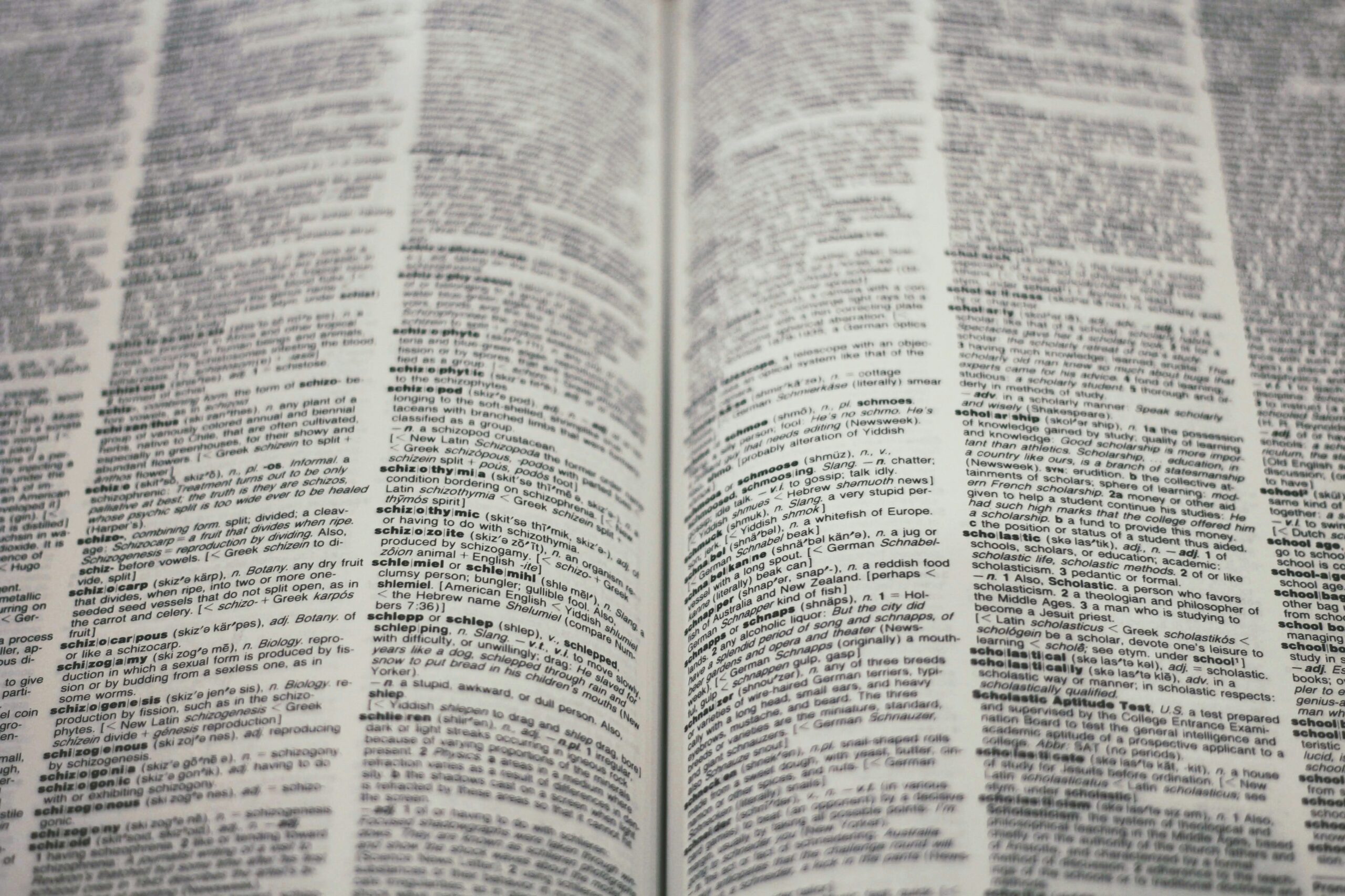Language translation plays a crucial role in today’s globalized world, enabling effective communication across borders. However, the process of translating content can sometimes be challenging, especially when it comes to user interfaces (UI) and user experience (UX). In this blog post, we will explore the significance of UI/UX in language translation and how it can optimize global communication.
UI refers to the visual elements and interactive components of a software or website, while UX focuses on the overall experience and satisfaction of the user. When it comes to language translation, UI/UX becomes even more important as it directly impacts the usability and accessibility of the translated content.
One key aspect of UI/UX in language translation is the design of language selection options. Providing a clear and intuitive interface for users to choose their preferred language is essential. This can be achieved through dropdown menus or flags representing different languages. It is important to ensure that the language selection options are easily visible and accessible to users, regardless of their language proficiency.
Another crucial factor in UI/UX for language translation is the layout and formatting of translated text. Translated content should be displayed in a way that is easy to read and understand, with proper spacing, font size, and alignment. Additionally, the use of culturally appropriate symbols and icons can enhance the user experience and make the translated content more relatable to the target audience.
Furthermore, UI/UX considerations should also extend to the translation process itself. Providing clear instructions and feedback to translators can help ensure accurate and contextually appropriate translations. Additionally, integrating machine translation technologies with human review processes can help improve efficiency and accuracy in language translation.
In conclusion, UI/UX plays a crucial role in optimizing global communication through language translation. By prioritizing clear language selection options, well-designed layouts, and effective translation processes, we can enhance the usability and accessibility of translated content. This, in turn, promotes effective communication across language barriers and fosters a more inclusive and connected global community.


Leave a Reply